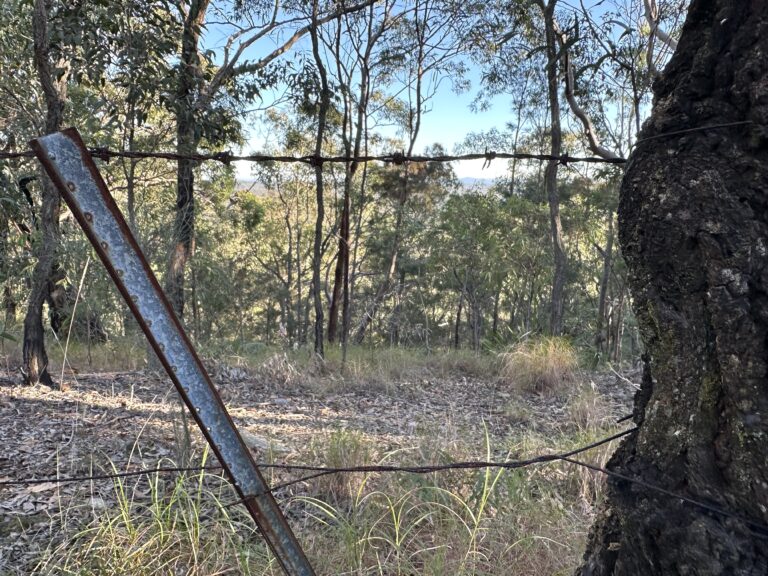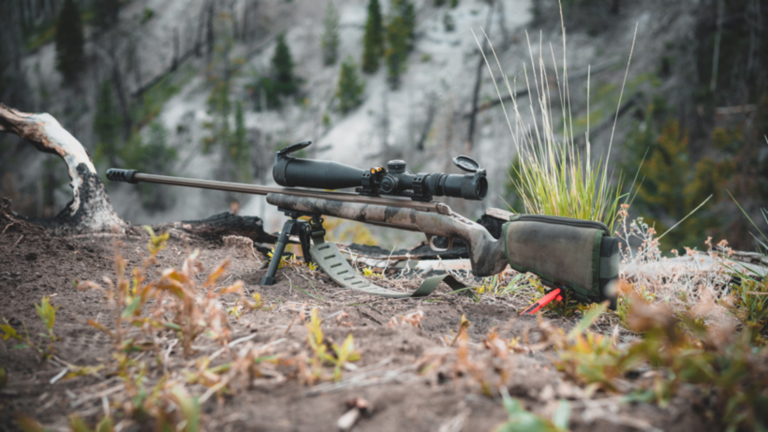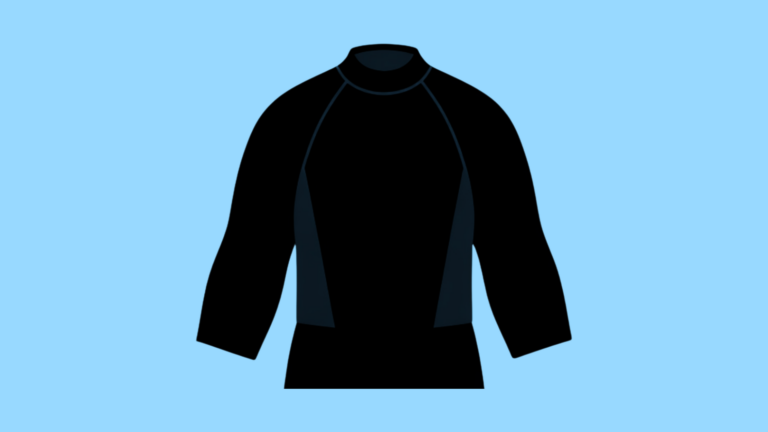Since 2019, hunting has seen a strong resurgence in popularity. However, despite the wealth of information available, many beginners are still unsure about the legal requirements and ethical considerations involved. This article outlines your path to becoming a hunter, guiding you through each step to ensure you’re prepared, informed, and ready for your first hunt.
Step 1. Learn the basics
Before you rush out and purchase any equipment, you should take the time to understand the costs and legal obligations that are associated with hunting. This will vary from person-to person, state-to-state, dependent upon your chosen method of hunting. As an example, if you wish to hunt with a rifle on NSW public land you will need to become a member of an approved hunting organisation (often referred to as an AHO or a hunting club). You’ll also need to undertake a firearms safety course, along with a NSW Restricted (R) licence course which will educate you on the public land hunting system. Upon completion of this training you will be required to pay the two separate licencing fees. In addition to this, you will need to set aside money for a rifle and the ownership transfer fee, a gun safe, ammunition, and other miscellaneous hunting equipment. The purpose of highlighting these expenses is not to discourage you, but to ensure that you’re fully prepared for the financial commitment that’s involved. While hunting can be a deeply rewarding experience, the costs associated with it may be prohibitive for some people.
Once you’re settled on the basic requirements, its time to research the rules and regulations that apply to your chosen hunting activities. Some of these will be obvious, such as the requirement to store your firearms in a secure gun safe. Others may be far less apparent, such as the calibre and projectile restrictions that apply to certain game species. No matter what your opinion of these laws happens to be, its important that you understand these obligations and take them seriously. Otherwise, you will risk fines and prosecution should you get caught doing the wrong thing.
Step 2. Obtain your licence(s)
Now that you understand your responsibilities, its time to obtain the appropriate licences. The two main types to consider are the hunting licence (sometimes referred to as a ‘hunting permit’) and the firearms licence. Before applying for either one, you’ll need to undertake the appropriate training course. Don’t worry too much about the difficulty of the training. The goal is to improve upon your knowledge and safety, not to exclude you from hunting or firearms ownership. If you’re feeling nervous in the lead up to your training date, take the time to read through any of the pre-reading information that your trainer has provided to you. This will allow you to process the information at your own pace and will maximise your chances of passing the test on your first attempt.
Step 3. Join a club
In some states, such as NSW, you are required to be a member of an approved hunting organisation to obtain your hunting and firearms licences. There are two types of AHO’s in this state:
- Those who are approved by the NSW Department of Primary Industries Game Licencing Unit, and;
- Those who are approved by the NSW Firearms Registry.
The key difference between each type of organisation is the level of insurance that’s included in your membership and the genuine reason requirements you are able to select when obtaining your firearms licence. For instance, an AHO that is approved by the NSW Department of Primary Industries will generally not include any public liability insurance, as this is already included in your NSW Restricted (R) licence. By removing this redundant insurance, these clubs are able to offer you club membership at a reduced price. However, the trade-off is that you can only obtain a firearms licence with recreational hunting / vermin control listed as your genuine reason, and you must maintain a valid NSW Restricted (R) licence and club membership in order to stay compliant with your firearm licencing conditions.
Clubs that are approved by the NSW Firearms Registry will include public liability insurance as part of their membership, as their approval is separate from the public land hunting system. These clubs will be far more expensive. However, some may allow you to select additional genuine reasons for firearms ownership and usage, such as Sport / Target shooting. If obtaining your firearms licence through a NSW Firearms Registry approved club its important to understand that you may be subject to mandatory attendance requirements. These are a minimum number of times you must attend the club each year to engage in recorded activities, such as target practice or education and training sessions. Failure to meet the prescribed minimum number of attendances each year will result in the termination of your firearms licence, along with fines or other penalties.
Benefits of joining a club
Aside from meeting your legal obligations, there are several tangible benefits to joining a reputable hunting club. These may include:
- Access to training courses and educational content,
- Guidance and support from experienced hunters,
- Online club resources, such as a firearms sales platforms,
- Use of archery or shooting range facilities, and;
- Involvement in advocacy efforts to protect your right to hunt and own firearms.
Before joining a club, it’s important to do your own research to ensure it offers the services and support you require. It’s also worth noting that many smaller clubs – such as those approved by the NSW Department of Primary Industries – may not have dedicated range facilities. This is not a reflection of their legitimacy. Many simply lack the membership size or funding required to establish and maintain these facilities.
Step 4. Research your prey
By now, you would have identified one or more species that you wish to hunt. Your next move should be to learn as much about these animals as you possibly can, with the aim of using this information to overcome their natural defence mechanisms.
The most readily available source of this information are social media groups. However, there’s no a guarantee that the information will be accurate or correct. A better alternative will be to read books on the subject, listen to podcasts, watch YouTube videos from reputable content creators, or find an experienced mentor to help you out.
Before going on your first hunt, you should have a thorough understanding of the following topics:
- Habitat – Regions where animals are located and the geographical features within these regions where the species; eats, sleeps, drinks, and lives.
- Animal sign – How to identify signs of animal activity, including; tracks, scat, sounds, and smells.
- Behaviour – A broad understanding of this species behaviour, such as; movement patterns, the impact of the weather and seasonal changes, biological influences, and how the animals interact with each other.
- Shot placement – Where to aim to ensure a quick and humane kill.
Book recommendations
If you enjoy reading, check out the following books:
- Red deer – Paul Rattray – Secrets of the reds | Roger Lentle & Frank Saxton – Red deer in NZ.
- Sambar deer – Errol Mason – Secrets of the Sambar | The Hunt Smart System.
- Big game* – MeatEater – The complete guide to hunting, butchering, and cooking wild game: Vol. 1, Big game.
- Small game and fowl* – MeatEater – The complete guide to hunting, butchering, and cooking wild game: Vol. 2, Small game and fowl.
*Note: While the MeatEater books are targeted towards hunters from North America, much of the core information can be adapted to Australian species and our environmental conditions.
Podcasts
If you enjoy listening to podcasts, check out some of the great Aussie hunting content listed below:
YouTube channels
If you’d rather watch videos, check out the following channels:
Australian content creators
American content creators
Step 5. Improve your skills
While waiting for your licence(s) to be processed, you should take the opportunity to develop skills that will assist you in the field. Some of the more popular examples include:
- Basic first aid – How to treat an injury to yourself or others.
- Butchering courses – How to process an animal, while maximising meat quality and minimising waste.
- Caping courses – How to prepare an animal for a shoulder mount trophy.
- Map and land navigation – How to interpret geographical features on a map and navigate your way around this terrain.
- Advanced hunter training – How to become a more effective hunter. Reputable trainers for sambar deer hunting include Paul Boag and Errol Mason.
Step 6. Gain proficiency
Before heading out on your first hunt, your goal should be to achieve a level of proficiency with your firearm or bow that ensures you are capable of producing a quick and humane kill. What constitutes ‘proficient’ will vary between hunters. However, as a general guide you should be able to meet the following standards.
Rifles
In terms of accuracy, you should be able to produce a grouping size of 3-4 inches at your intended shooting distance. This will allow you to hit the vital organs of a large game animal, i.e., a deer, with a broadside shot. The tightness of this grouping, albeit practiced in a controlled environment (your local range), will make some allowances for the impact of nerves or excitement on your aim when lining up a shot on an animal. This is often referred to as “buck fever”. The number of shots taken to verify this competency will be up to you. Most hunters suggest 5 shots, as this allows the shooter to verify both the consistency of the rifle and the shooter’s skill. Taking less shots, while cheaper, will not allow you to determine if you’ve made a lucky shot, or conversely, if a “flyer” – a shot far outside the normal grouping, is a one-off mistake or whether it forms part of a pattern.
Beyond proficiency, its important to have a basic understanding of ballistics, including the trajectory of a bullet and the impact of wind on the flight path. You should also be capable of sighting in your own rifle and must remember to “check zero”, or reconfirm the accuracy of your rifle when making any adjustments, such as; mounting a new optic, using a different brand of bullet, changing bullet weight, or if your rifle sustains any damage or a hard impact.
Shotguns
Before heading to the range with your shotgun, it’s important to select the appropriate shot size (or slug) for your intended purpose and determine which choke will complement your chosen cartridge. This decision is critical, as the wrong combination can lead to issues with shot spread and pellet density, reducing the effective range of your cartridge. In some cases, it may also damage the firearm or seriously injure the shooter.
Once these decisions have been made, the next step is to pattern your shotgun. This will allow you to understand your point of impact relative to where you are aiming. With this information, you will be able to make minor adjustments to your aim to ensure an effective shot on a target. For instance, when aiming at the centre of your target, the shotgun may consistently hit the target 3″ high at a distance of 40 yards. Therefore, you would need to aim 3″ lower at this distance to ensure the projectiles hit the vital organs, when aimed at an animal. If your choke and ammunition combination do not yield the desired results, consider repeating the process with a different brand of cartridges, or adjust your shot size and choke combination.
Once you’ve successfully patterned your shotgun, its time to gain some experience. The most important skill to learn is “leading” your target to land a successful shot on a moving target. The best way to learn this skill is to practice at your local clay target club. As you become more confident with hitting the clay targets, you can then self-assess your skill level to determine if you are ready for your first hunt.
Note: When shooting at a clay target club, you may need to adjust your chosen choke and shot size combination to suit this activity. Before heading to the range, research the optimal setup and, if necessary, pattern your shotgun with the new combination to ensure consistent performance. Additionally, some clubs have restrictions on certain types of shotguns – such as straight-pull or lever-action models – so it’s important to check with your local clay target club beforehand to avoid any disappointment on the day.
Bows
Proficiency and accuracy are of the utmost importance for bowhunters, who often face greater public scrutiny than their firearm-carrying peers. This scrutiny largely stems from animal welfare concerns – particularly the assumption among many non-hunters that an arrow cannot deliver a quick and humane kill. While experienced bowhunters know this isn’t the case, it remains critical that all bowhunters strive to limit animal suffering by continuously improving their proficiency and overall skillset.
When it comes to accuracy, bowhunters should be able to consistently produce groupings of 6 inches or less at ranges between 40 and 60 yards. Inexperienced hunters should restrict themselves to broadside (side-on) shots, as this angle exposes the largest and most accessible vital zone – typically measuring 8 to 10 inches in diameter – and offers the best chance of a swift, humane kill. More experienced hunters may attempt quartering-away shots, which still allow access to the vital organs but offers a smaller margin for error.
Shots from quartering-toward angles, from the rear, or at the head should never be attempted, as they carry a high risk of non-fatal injury, unnecessary suffering, and unsuccessful recovery. Headshots in particular must be strictly avoided due to the small target area and the risk of deflection off the skull’s dense bone structure. For those using optics, it is essential that sights are properly zeroed to ensure precise and consistent shot placement.
As part of refining their skillset, bowhunters must also develop the ability to stalk and close in on their target, and to take accurate shots at close range – often under significant pressure.
Important note: Hunters are not permitted to engage in target practice or “sighting in” activities on NSW public land. This applies to both firearms and archery equipment.
Step 7. Plan your first hunt
Now that you’ve laid the groundwork to become a hunter, its time to venture out into the field for your first hunt. Many new hunters will picture themselves pulling into a carpark, spotting a deer in an open field, and then either stalking in or taking a long-range shot. I hate to break it to you, but that scenario is pretty unlikely…
If you’d rather skip the frustration of wandering around a forest and coming out empty-handed, scroll down and check out Part-2 in this series – Planning your first hunt. This article will take you through the planning process and outlines key factors that can significantly improve your chances of success.
Related articles
Part 1 – Becoming a hunter.
Part 2 – Planning your first hunt.
Part 3 – Scouting a forest – Coming soon.
Part 4 – Preparing your hunting equipment.
Part 5 – Hunter’s field manual – Coming soon.









